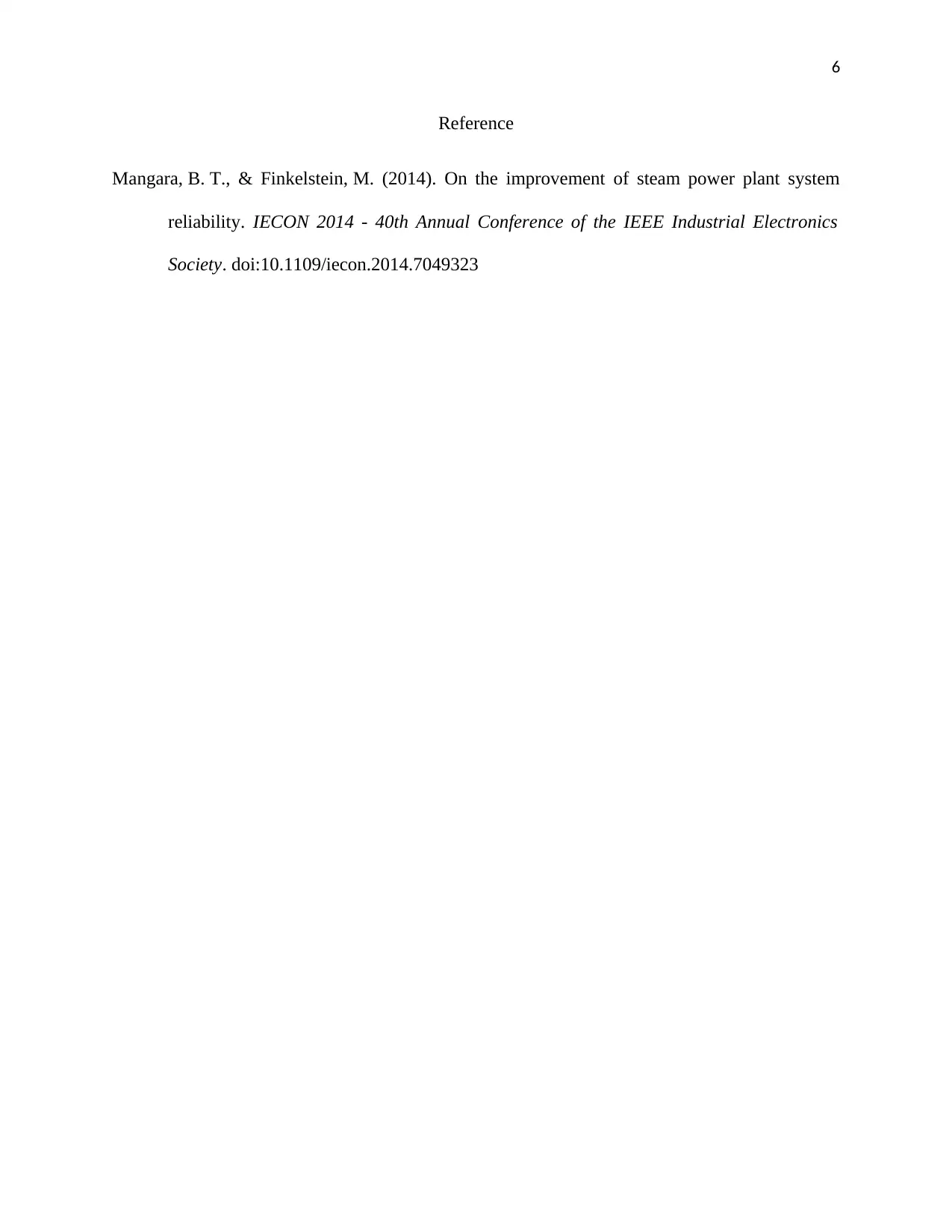Steam Plant System Analysis: Applying Thermodynamic Energy Equations
VerifiedAdded on 2023/04/17
|6
|699
|113
Report
AI Summary
This report provides a detailed analysis of a steam plant system, focusing on the application of thermodynamic principles and energy equations. It begins by defining a closed system and contrasting it with the components of a steam power plant, such as turbines, pumps, and heat exchangers. The report then applies the Steady Flow Energy Equation to analyze the mass flow rate and energy changes within the system, considering factors such as heat supplied, work done, internal energy, and kinetic/potential energy. A simple Rankine cycle steam plant system is examined, and the First Law of Thermodynamics is applied to control volumes within the pump, boiler, turbine, and condenser. The report calculates thermodynamic efficiency based on enthalpy values and concludes with references to relevant research on steam power plant system reliability. This document is available on Desklib, a platform offering a wide range of study tools and resources for students.
1 out of 6







![[object Object]](/_next/static/media/star-bottom.7253800d.svg)